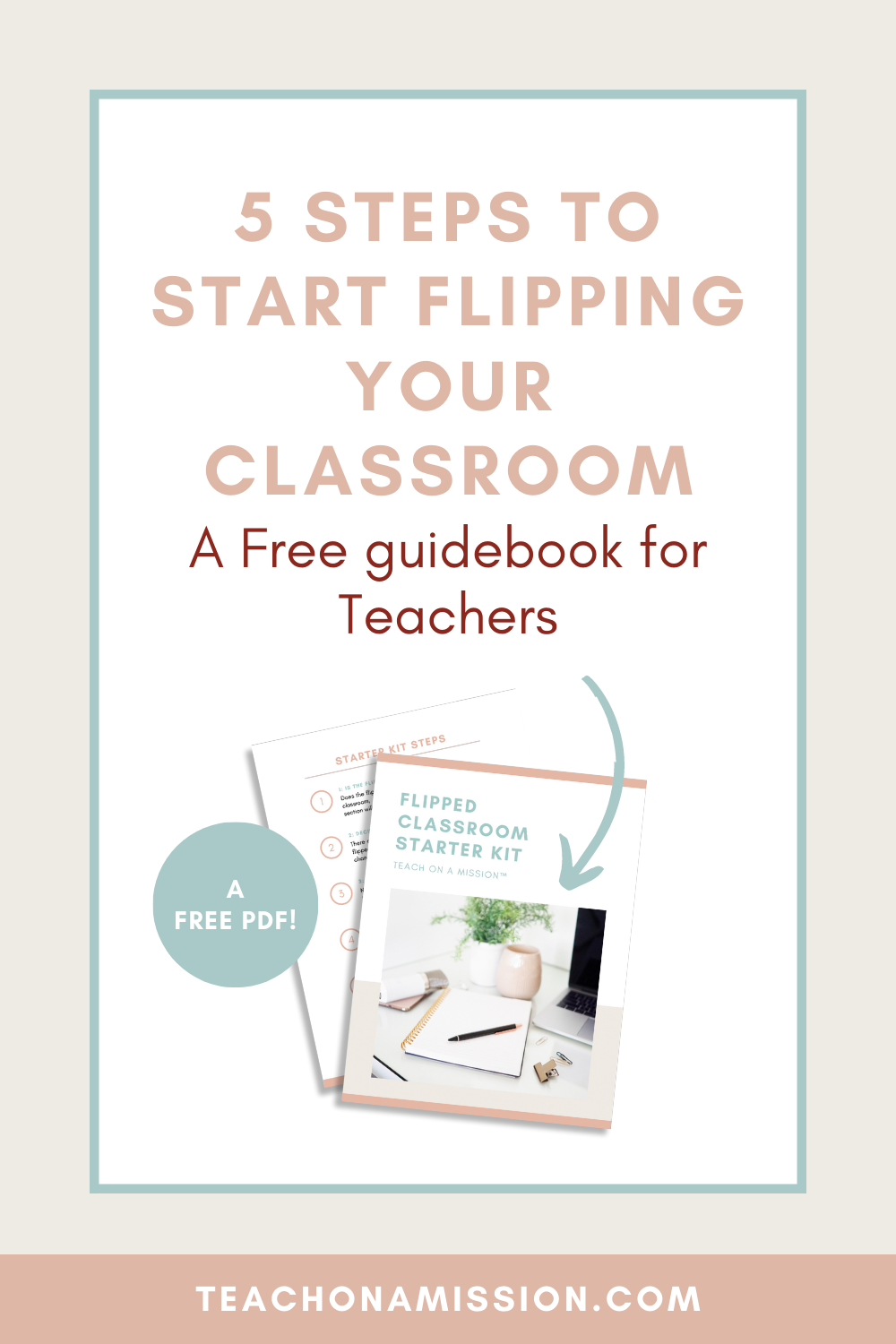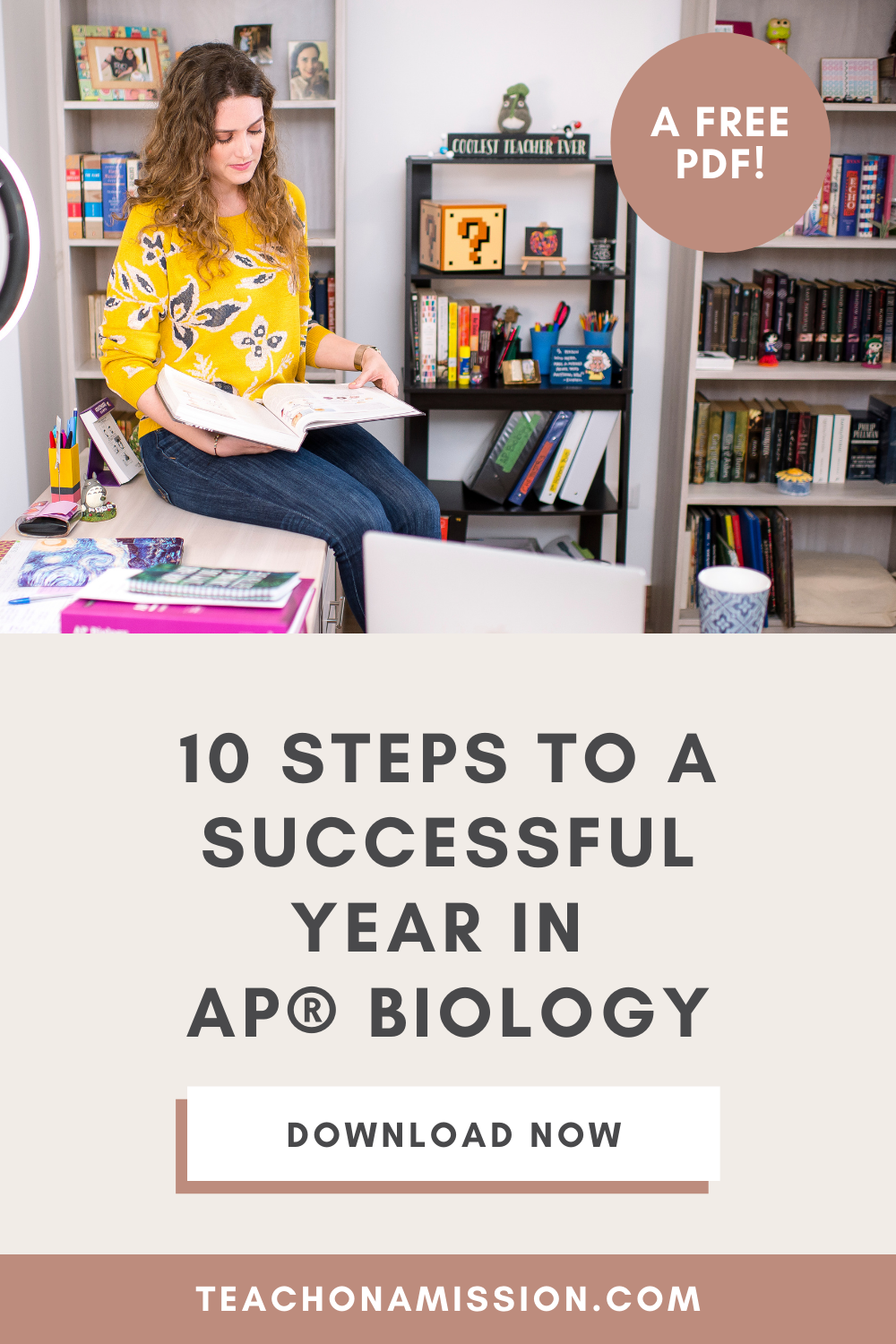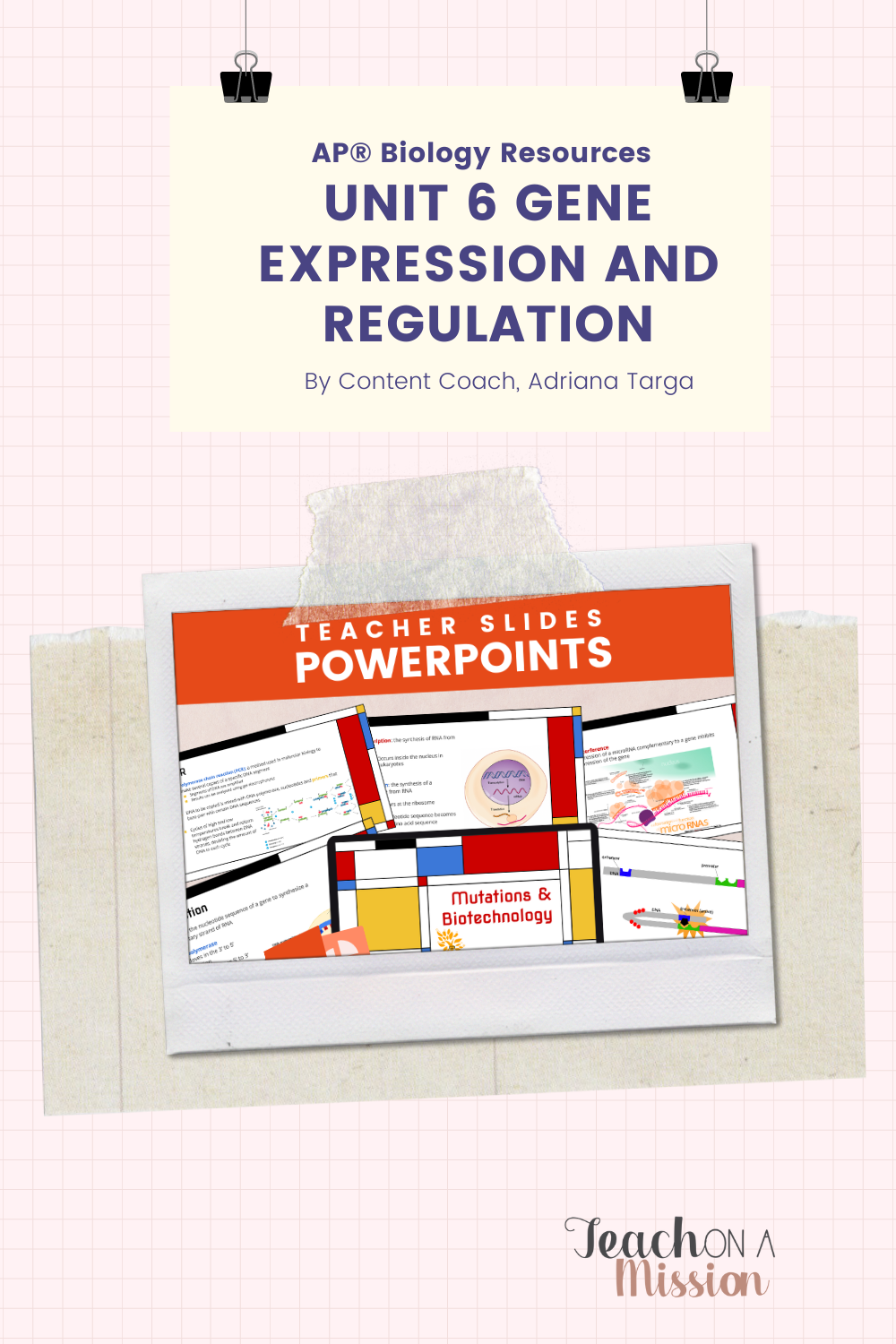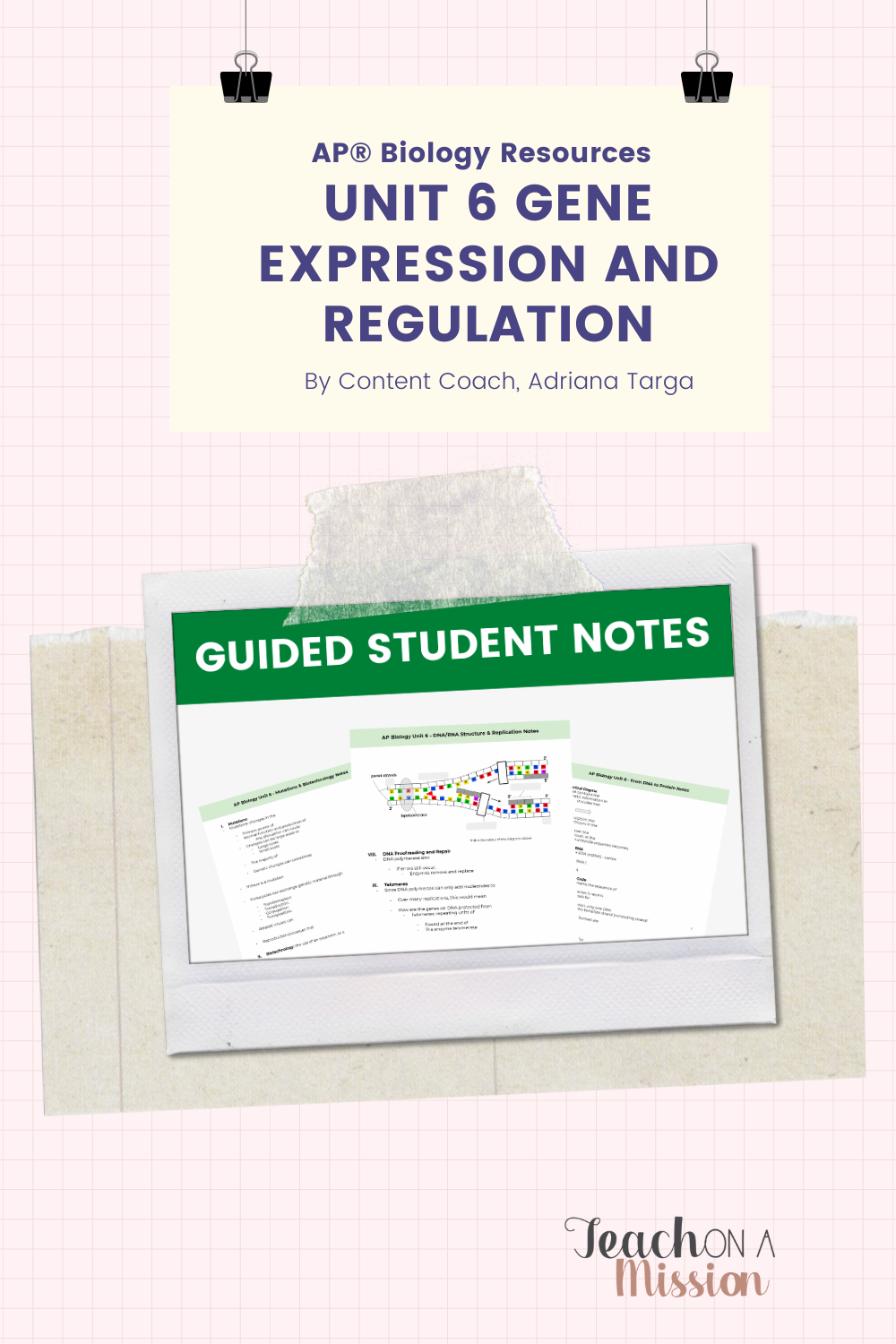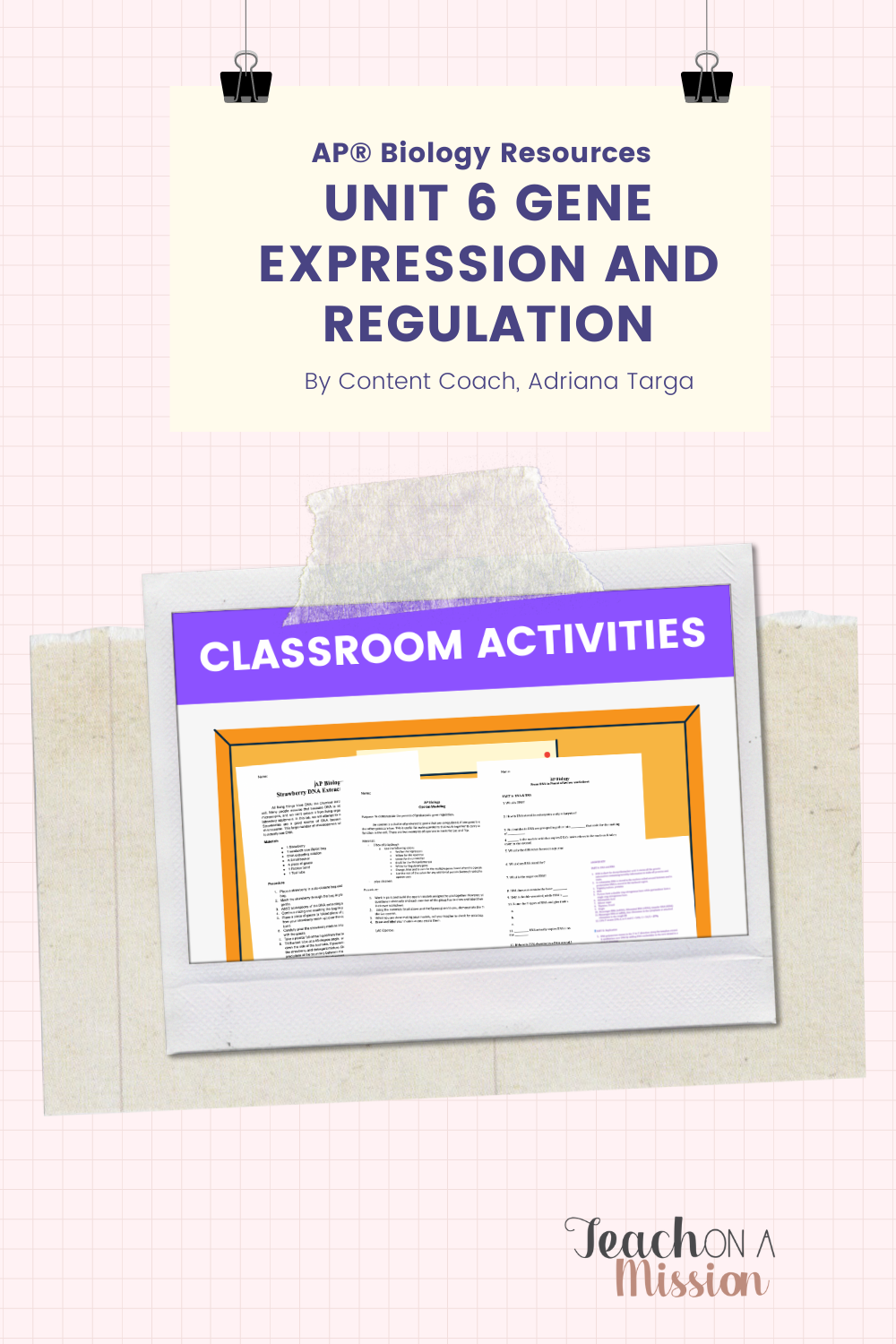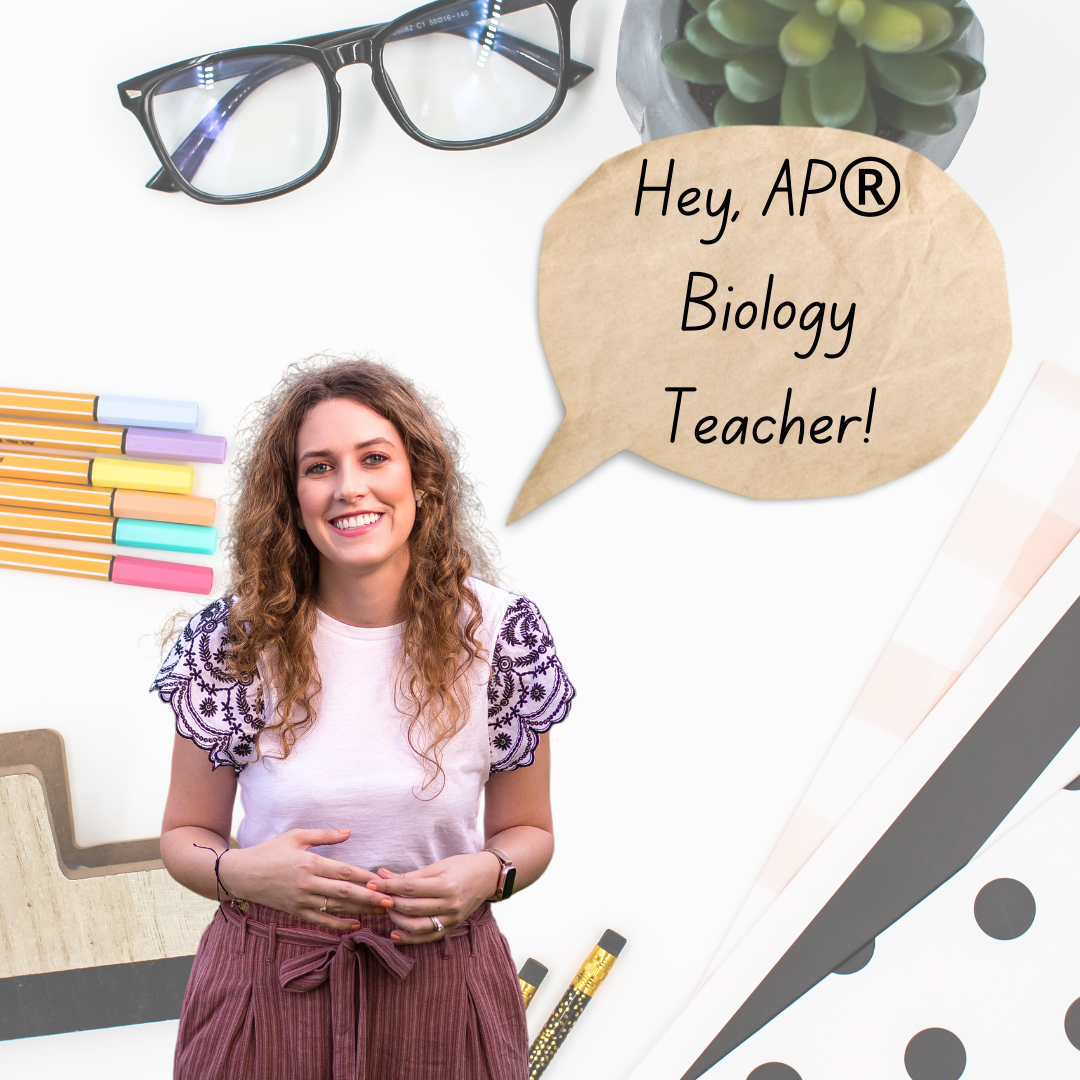AP® Biology Resources for UNIT 6 Gene Expression and Regulation
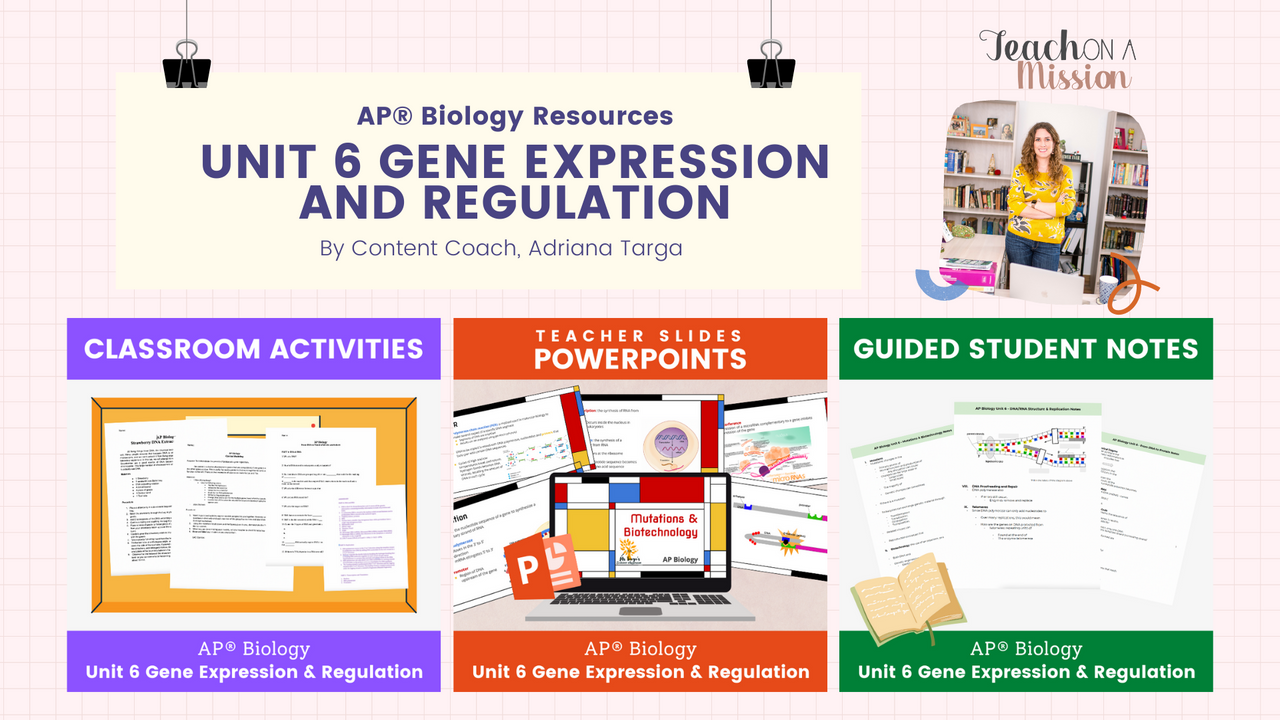
Hello teacher friends! I hope you are all having a great school year so far and I’m excited to bring you this post on Teach On A Mission’s blog so that we are continuing in our mission which is to bring true support to teachers, in ways that remove items from their to-do list, so they can get back to focusing on what really matters - building relationships and connecting with students.
So let me introduce myself a bit. Hi there! I’m Adriana Targa. I teach AP® Biology in Managua, Nicaragua, and am the Content Coach for the Sustainable Biology Teacher Membership™ here with Team Teach On A Mission™.
Some really exciting things are happening here, this blog post and a series of others coming out being part of that excitement, and I want this to be a valuable contribution to your daily teaching-life in a way that removes some items from your to-do list (or at least from your list of ideas and new things to come up with for your many lessons) and brings more sustainability to your daily teaching life.
So let’s get right into it.
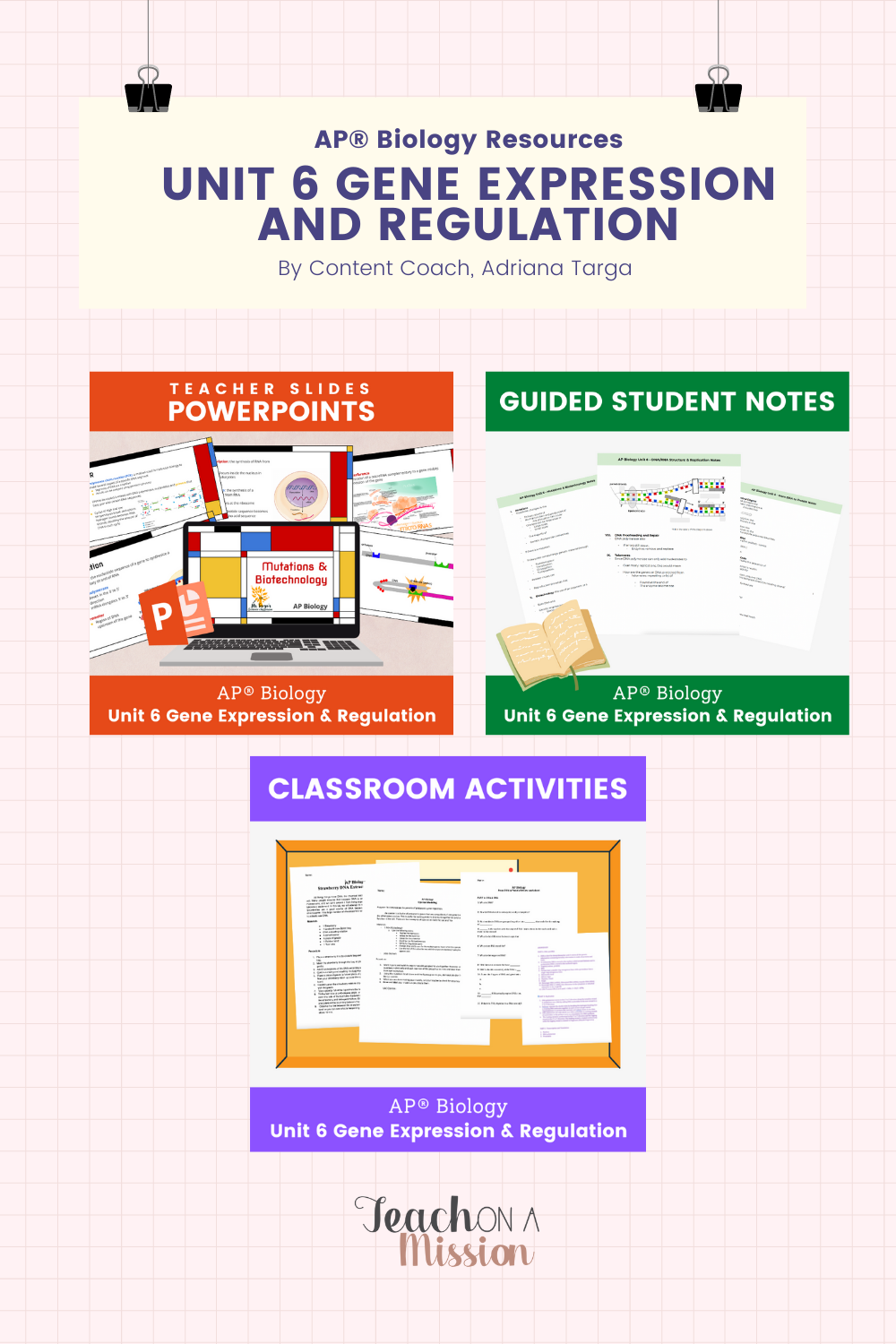
Unit 6: Gene Expression and Regulation
In this post we’re going to focus on Unit 6 in the AP® Biology CED (Course and Exam Description), which is the unit on Gene Expression and Regulation.
Gene Expression and Regulation is a unit with many topics and concepts that can be overwhelming for students. Students get stuck with the details of the process of the central Dogma of Biology. Replication, transcription and translation - so many enzymes and details involved.
But this topic can be a fun one to teach, as there are many great ways for them to connect to the content. Especially when everything ties in together in the last topic of the unit: Biotechnology.
Making the content relatable is a huge step for them in understanding and remembering these topics, and is my biggest recommendation for you.
Make the content relatable.
I’d like to explain some of the activities that I do in my own classroom in order to make it all more relatable for my students, in hopes that you can take some of the ideas and implement them in your own classrooms. I’ll also share with you a way that you can get access to ALL of these activities plus personalized guidance and coaching from me in making teaching this course more sustainable for you.
Before we get to that, I want to point you in the right direction when it comes to “covering the content.” It’s no secret that the course we teach in a content heavy one. So we can’t just leave our students’ performance on the AP® Exam to the whims of discovery and application of labs and activities. Sure, those items are important and very necessary to their success, but first we must lay a solid foundation with the content.
That is why I do the following things:
- I flip my classroom - put all the content delivery into an accessible and more efficient video format.
- Make my own slides that are clear and concise.
- Make guided student notes that help students move through the content, allowing them to focus on what matters, and not frantically writing out of doubt and worry of missing something (this is also a reason why I flip my classroom - they can rewind and pause as they need to, never worrying about missing anything).
Two Free Resources for You
To get learn more about my process of flipping my classroom I want to give you the Flipped Classroom Starter Kit, a printable guide built by Teach On A Mission’s CEO, Mandy Rice, based on her experience flipping her own classroom and helping thousands of teachers flip theirs as well so they can finally have the classroom they want; one that is effective for their students, but sustainable for them. Be sure to go to our website linked here and check that out.
Secondly, to learn more about my AP® Biology classroom and how I set both my classroom and my students up for success each year, I want to give you the AP® Biology Done Right Teacher Workbook - 10 Steps to a Successful Year in AP® Biology. It’s a printable guide built by yours truly that is based on my 7+ years of teaching the course and setting up my classroom to be effective for my students and sustainable for me. Head to this part of our website to grab that.
AP® Biology Unit 6 Teacher Slides
The slides you see in the videos I linked on the graphics above are my very own, ones that I both take pride in AND have dedicated many hours and thought to based on my experience in the classroom and working with students to make the content of AP® Biology Unit 6 more relatable and understandable.
Please know that I am a teacher working hard for the betterment of my students when it comes to mastering the content of AP® Biology, and if that statement describes you as well, then these slides are for you. See some examples below and get access to those resources on our Teach On A Mission store here (or even better, get access to ALL of my resources, most not available on TpT, by becoming a Sustainable Biology Teacher Member™ at this link).
AP® Biology Unit 6 Guided Student Notes
Part of any classroom, whether flipped or not (but especially when it is flipped), it’s absolutely imperative that your AP® Biology students are guided in their note taking. This is a college-level course. And, let’s face it, as advanced as they may (or may not) be, our students are not college students. So I believe in providing scaffolds for my students that set them up for success, and this is one of the ways I do that.
I create guided students notes for my students for every single video or set of slides that I use to deliver the content. You can find these notes, along with the accompanying slides in the Teach On A Mission store here. But the basic premise here is that a) I provide these notes so that my students can focus more on the content and less on writing everything during content delivery, and b) I teach them how to take notes, especially how to take notes from my flipped videos, using the guided notes. It’s an absolute game changer in my classroom, and I know it can be for you as well.
You can grab the full set of guided student notes for Unit 6 Gene Expression & Regulation I've created in our TpT store here.
Activities to Make Gene Expression and Regulation More Relatable
Our goal here at Teach On A Mission is to literally take items off of teacher’s to-do lists without taking part of their confidence away with it. And that’s why I want to provide you with the resources I’ve already discussed, as well as these below that are the activities I use in class to further develop student understanding of the content, but also to help make the content more relatable. I give brief descriptions so as to give you an overview of the unit, and to provide space for your autonomy to make it what you want for your unique class and your unique students.
Check it out.
DNA Extraction Lab
In this lab activity students will be using a very easy and simple technique to extract DNA from strawberries and visually see DNA. Even though it's a simple activity students find it mind blowing how they can actually see DNA with their own eyes.
From DNA to Protein Model Project
Replication, transcription and translation. Three important processes that are a part of how DNA becomes protein. In this project students will choose one of the three processes and create their own 2D model on a poster board to present to the class.
From DNA to Protein Review Worksheet
This is a worksheet with a variety of question types that provides students with an in depth review of replication, transcription and translation.
Operon Modeling
This is another modeling activity where students create their own models of two examples of Prokaryotic gene regulation: the Lac and Trp Operons. They use modeling clay and pipe cleaners to create 3D models that demonstrate how an operon works.
GMO News Article
In this activity students explore what are GMO’s and the current controversies surrounding them. Students pick a side and write a persuasive article about GMO’s and whether or not they should become the future.
All of these activities and more are available to our Sustainable Biology Teacher Members™ - learn more details about joining the teacher membership here.
I hope you have found this post helpful in developing your AP® Biology Unit 6 Gene Expression and Regulation. To get access to ALL of these materials, literally ALL of them (the notes, slides, even my flipped videos, and all the activities) be sure to grab that AP® Biology Done Right Teacher Workbook, but then I have another training opportunity for you - the AP® Biology Video Training series where I’ll send you three training videos to help you set up your course. These videos will then give you a glimpse into our Sustainable Biology Teacher Membership™ and show you how to get signed up (if you’re ready to learn more about that membership right now, by all means, check out those details here).
I hope you are having a fantastic year with your students where you find your efforts effective, and your time used wisely so that you can have balance both professionally and personally. And I’ll see you inside our training series and, hopefully, Sustainable Biology Teacher Membership™.
All my best,
Adriana
AP® is a trademark registered by the College Board, which is not affiliated with, and does not endorse, this product.

